NOWs: From the Bikini Atoll to Yozgat by Markus Hoffmann
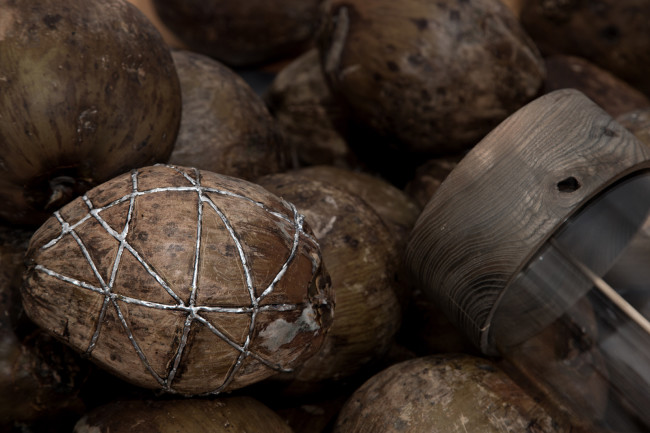
Markus Hoffman: Bikini Atoll Containment I (Source), 2015, detail
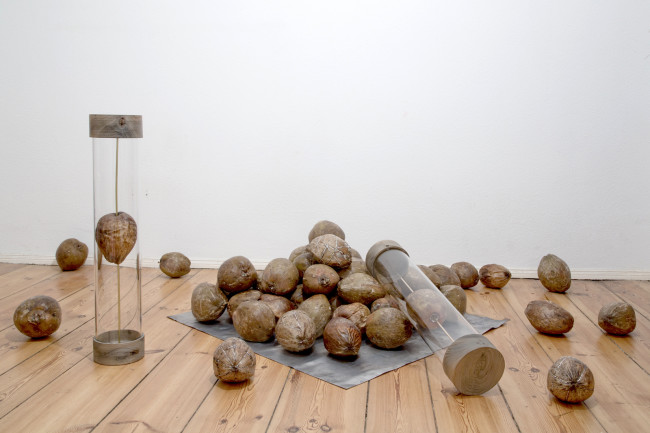
Markus Hoffman: Bikini Atoll Containment I (Source), 2015
Markus Hoffmann:
“The Reality is uncertain. From the Bikini Atoll to Yozgat”
at
Tarihi Bomonti Bira Fabrikası
Silahşör Cad. Birahane Sok.
No. 1 – Şişli, İstanbul
November 30th, Wednesday, 18.30 – 20.00 h
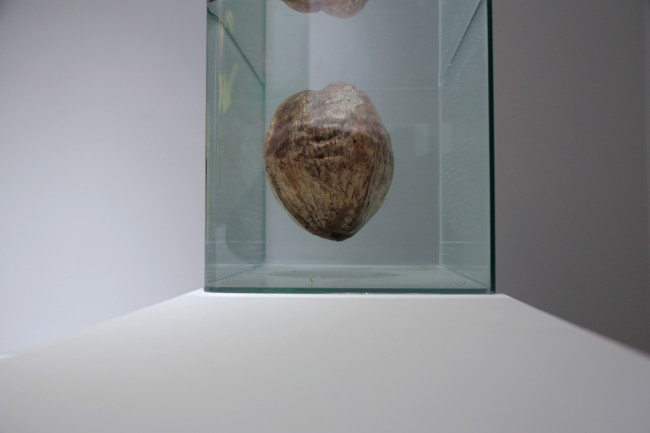
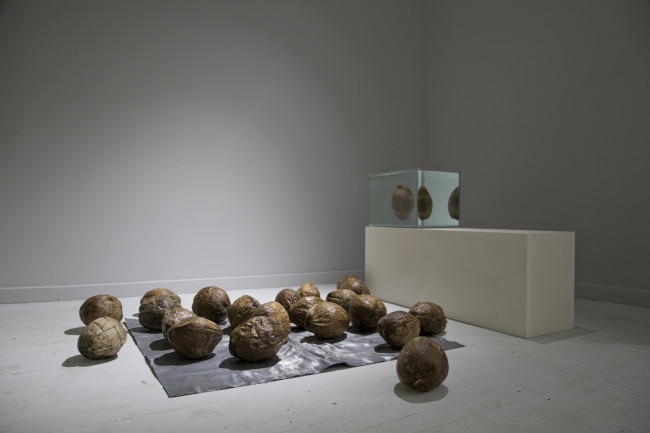
Markus Hoffman: Bikini Atoll Containment II (Equilibrium), 2016, detail
“We have reached a tipping point that does not merely consist in the fact that climate change has reached a point where it is self reinforcing, or that fossil resources are becoming dramatically depleted. Over the last centuries, humankind has put processes in motion leading to developments for which we no longer have any standards by which to judge them. When humankind itself becomes a natural force – or that which we understood to be nature is now made by humans – then the dualism of nature/culture subject/object no longer function in the accustomed fashion.”
(Bernd M Scherer: Textures of the Anthropocene)
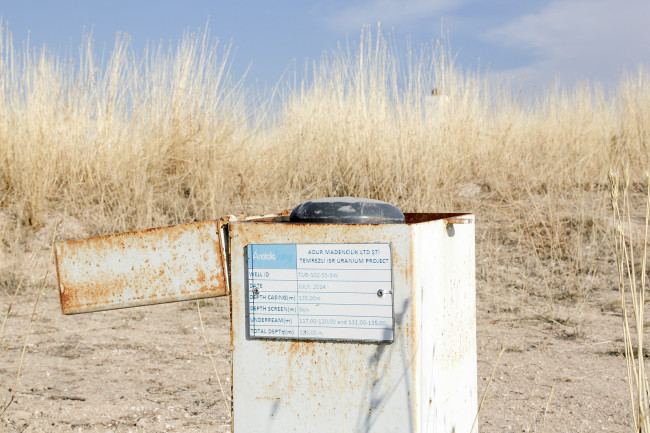
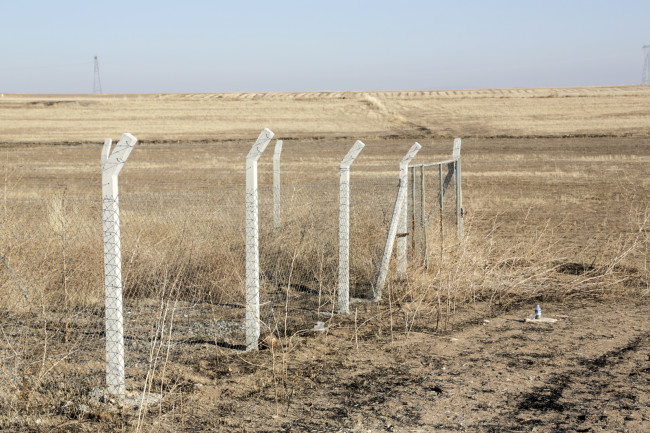
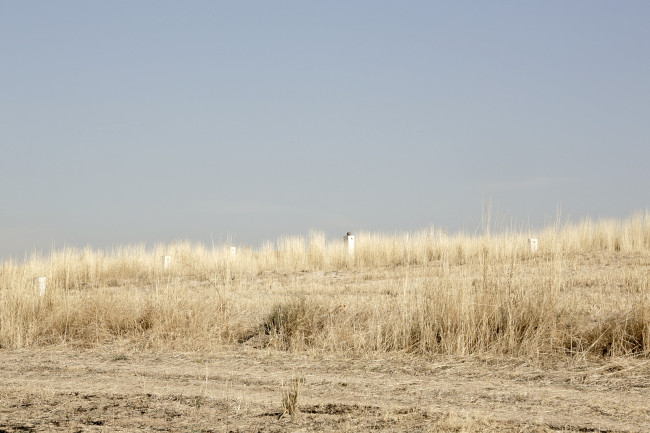
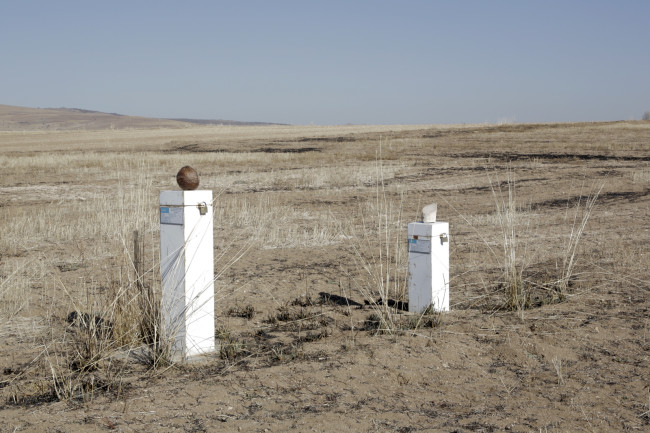
Markus Hoffman: Bikini Atoll Containment III (Transformation), 2016
In the last ten years Markus Hoffmann worked on several aspects of the Anthropocene, aiming to combine science aspects and creation of reality to set up works that allow space or individual projection. That focus led him to travel to remote places to do experience/exploration driven site-specific art works. He has been realizing a large body works that are related to the topic of radioactivity rare earth minerals and a large variety of industrial toxic waste products that can be seen as the guiding fossils of the Anthropocene.
In this talk – “The Reality is uncertain. From the Bikini Atoll to Yozgat” – Markus Hoffmann will gives some insight in his years of research on projects focusing on nuclear issues site-specifically related to Pacific Islands dealing with a nuclear legacy like the Bikini and the Mururoa Atoll spanning to his current research project in Yozgat, Turkey as well as a general introduction in his thought processes and practice that led him to question the world in future in a transdisciplinary way.
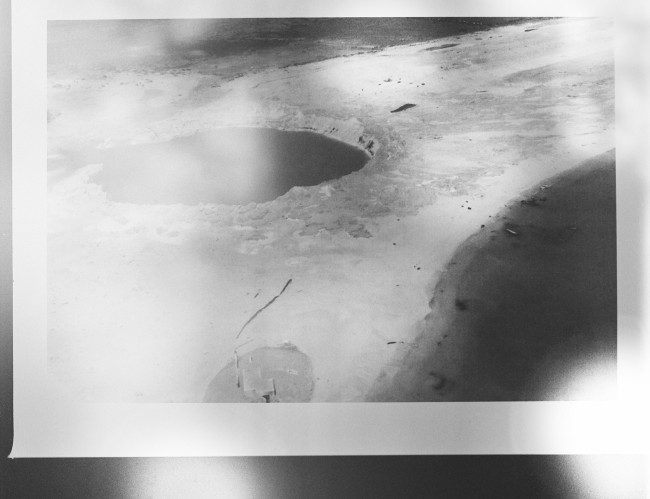
Markus Hoffman: Cactus Dome Exposure Series, 2015
Backgroundinformation:
The Bikini Atoll
The Bikini Atoll is a Micronesian Island chain located about halfway between Hawaii and Australia, and is what should be a heavenly place on Earth. However, its residents were forcibly relocated when the United States took possession of the islands in 1946, and over the next 12 years, the US sent 23 nuclear bombs raining down on this slice of paradise, rendering it uninhabitable to this day. From the air, Bikini is pristine and beautiful. The plant life has regrown unchecked since the explosions and is lush and green. Some visible remains of houses, towns, and graveyards give the illusion that civilization still exists on the land. The coral reefs have also been reborn and the large lagoon is inviting and clear. This island chain is hungry for tourists and has plenty of money-making potential. From the air, it hides its secrets well.Under the clear lagoon, the bones of many Navy vessels and ships rest, the area designated as a marine graveyard before the blasts. This location has been tempting diving expeditions for years, and is just another feature that tourists would flock to if safety allowed. In 1968, the US prematurely deemed the islands safe, and let residents return to their homes and rebuild their towns. The radiation levels and related chemical strains rose to dangerously unhealthy levels in their bloodstreams, and they had to be removed yet again.To this day, the United States compensates the survivors and residents who will likely never be able to go home again, and the islands remain a paradise ostaggering beauty and potential that no one can safely experience.
source:http://www.atlasobscura.com/places/bikini-atoll
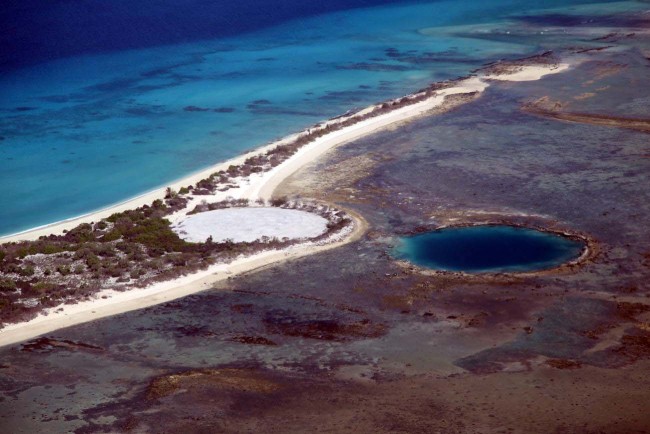
Cactus Dome Ruinit Island
The Cactus Dome and other nuclear contaminated Pacific Islands
A giant, concrete dome filled with radioactive waste looms above Runit Island, and it’s leaking. Locals call it “The Tomb”. Runit (or Cactus) dome was used for Cold War nuclear testing by the US government for 10 years from 1948. There were 42 tests in total on Enewetak Atoll, including 22 explosions on platforms, barges and underwater in the space of just three months in 1958, just before a moratorium on atomic testing. In the late 1970s, an estimated 73,000 cubic metres of contaminated topsoil was deposited in the Cactus nuclear test crater beneath the dome, according to a report commissioned by the us government
It was only supposed to be a temporary measure — but the dome remains. Scientists now fear that a major storm, typhoon or other natural disaster could damage the 46cm-thick concrete dome, releasing nuclear waste into the sea.The US Department of Energy insists cracks in the dome are merely cosmetic, a result of drying and shrinking of the half-submerged dome, but there are plans for repairs.
Inhabitants of Runit were resettled on nearby Enewetak Island in 1980. Even in the early days, concerns were raised over human exposure to radiation through locally grown food, with resettlers resorting to cans of spam, Columbia University’s Michael Gerrard wrote last year in The New York Times .Runit remains uninhabited, home only to abandoned bunkers and cables, but locals still visit to fish and salvage scrap metal. It sounds dangerous, but impoverished Marshall Islanders say they have no choice. And just because Runit is remote, doesn’t mean other countries are totally immune from its influence. A report published in the Environmental Science and Technology journal last year traced plutonium found in Guangdong province in the South China Sea back to the Marshall Islands. Runit is not the only Pacific island dealing with a nuclear legacy. Other atolls in the Marshall Islands, Micronesia, have shared this dubious honour. The very first US hydrogen bomb test vaporised the islet of Elugelab in 1952. Then Bikini Atoll became the site of the country’s most powerful hydrogen bomb detonation, codename Bravo, set off on its reef in 1954. A fireball shot into the air at 480km/h, taking millions of tons of sand, coral and marine life with it. Locals were moved to Kili, a small island with few resources, where they faced starvation. Many returned to Bikini Island, despite the contamination of its water wells, breadfruit and coconut crabs, which were found to be too radioactive for human consumption. Many now rely on US rice and canned goods to survive.The nuclear crisis continues out in the Pacific. But it’s far enough away for everyone to forget about it.
source:http://www.news.com.au/technology/environment/climate-change/deadly-dome-of-gorgeous-pacific-island-leaking-radioactive-waste/news-story/46ea600ea9db15c1563fbc299a5e0906
“There was a world, once, you punk – When nature disappears”